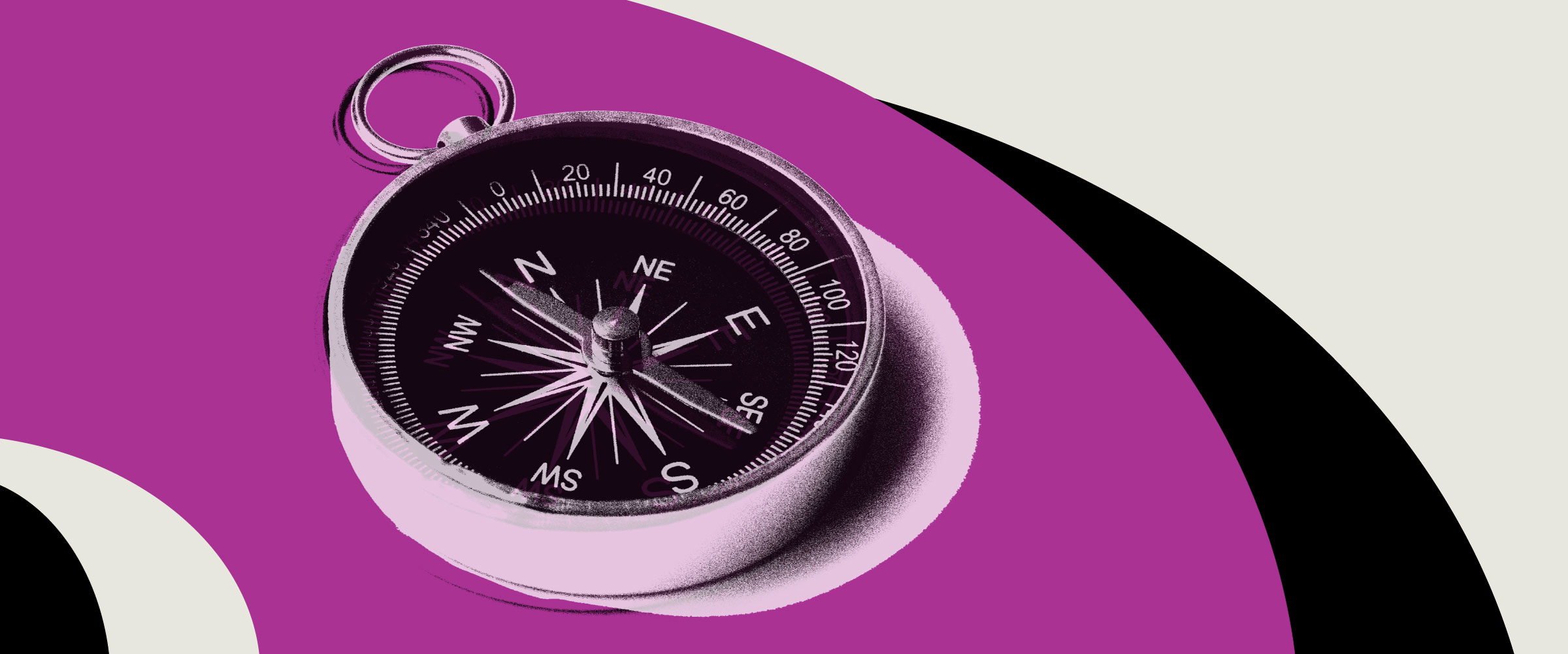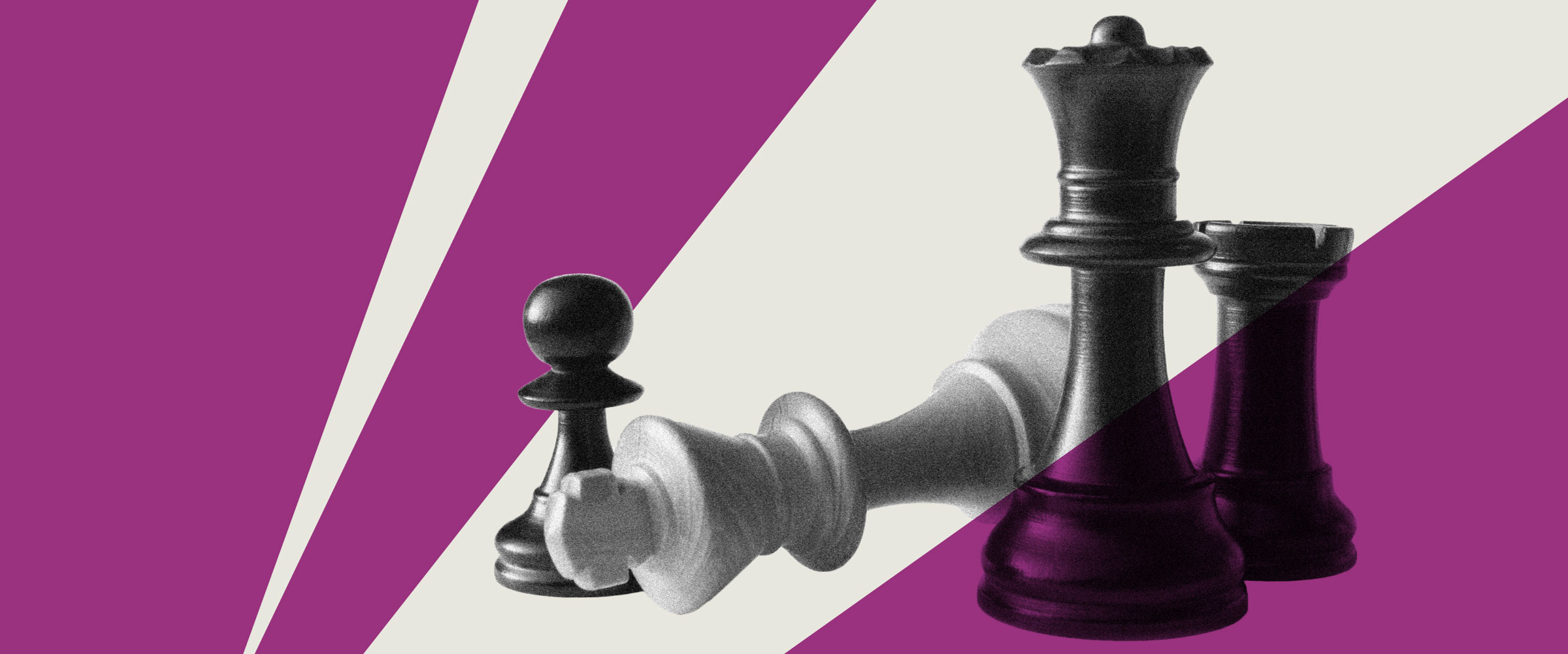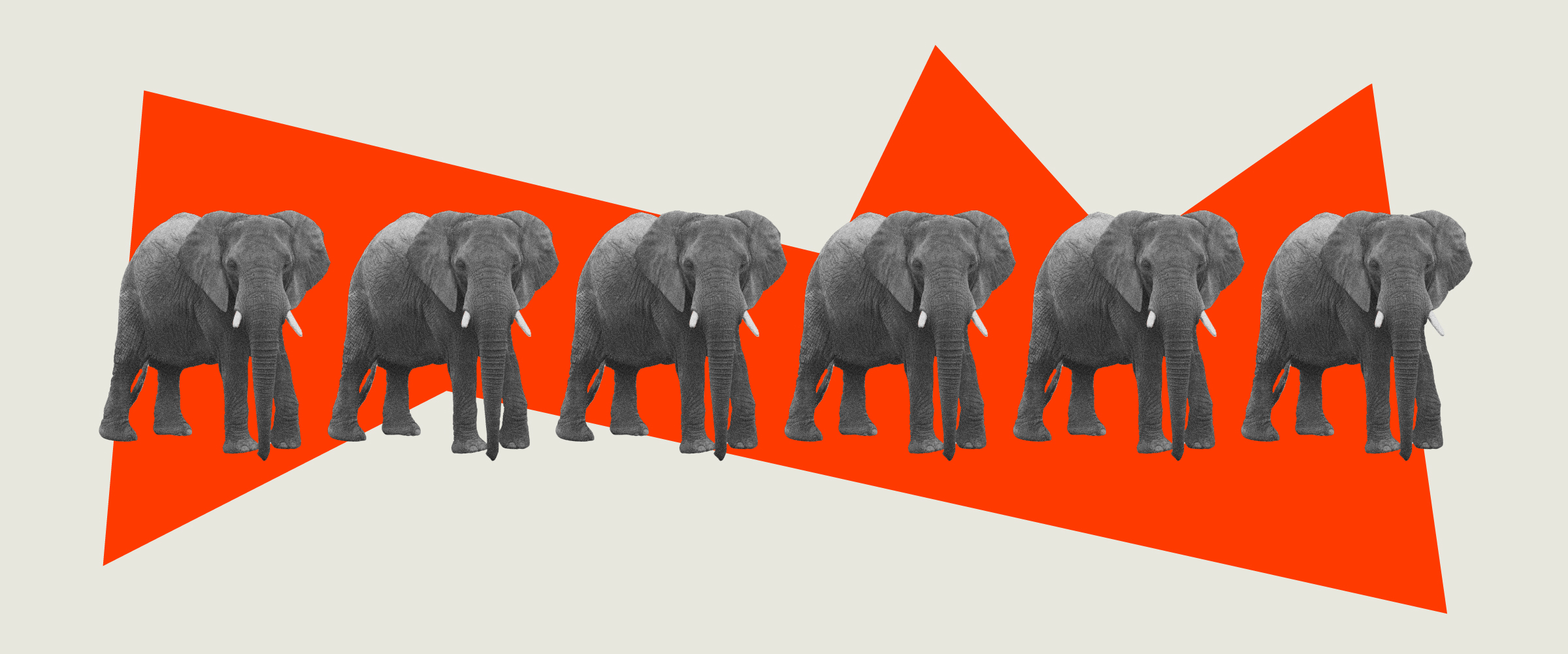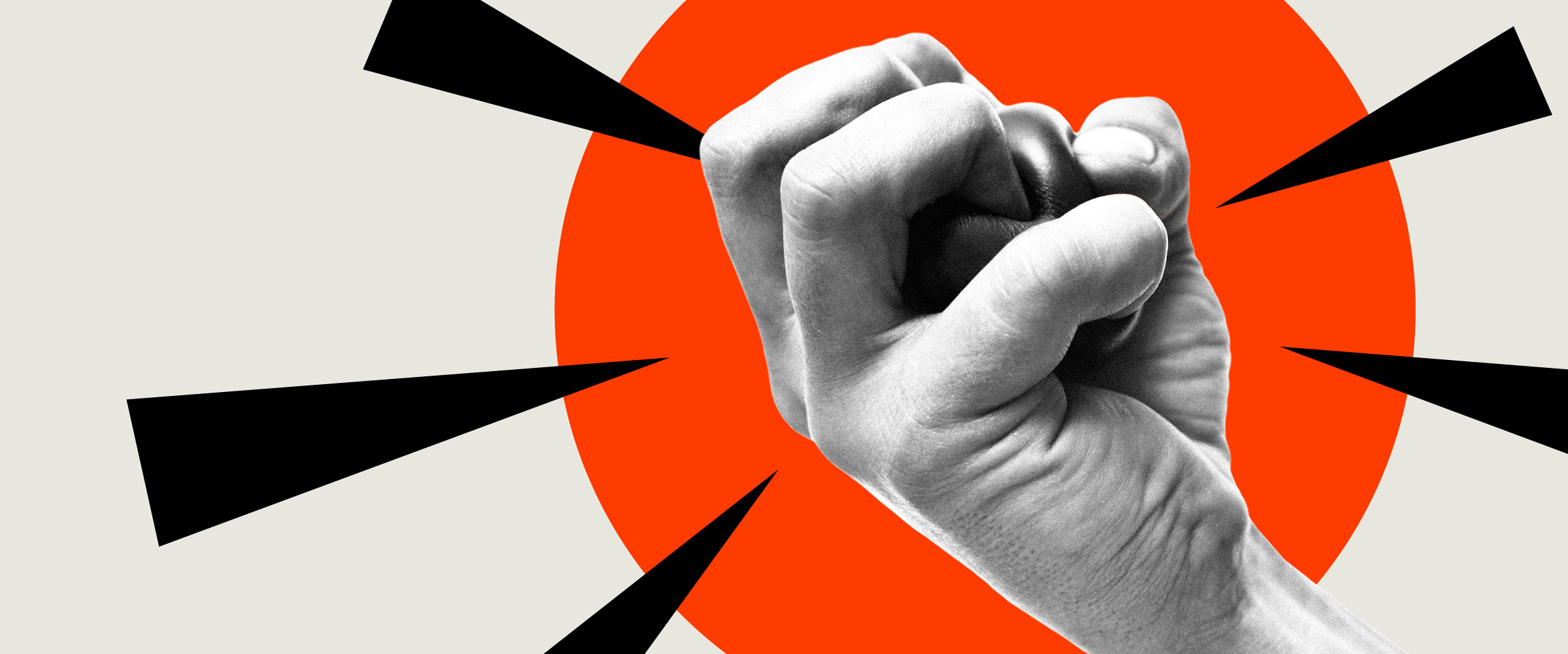
I spent nearly my entire career at big global agencies — McCann, Ogilvy, DDB, Wieden. Agencies that believed brands needed to have a purpose. That their job wasn’t just to sell, but to stand for something bigger.
I believed it. I sold it. I won awards for it. And over time, I began to feel deeply, privately uneasy. Not because I thought it was wrong. But because I suspected it wasn’t working. Because despite all the purpose decks and brand temples and manifesto films, I could never tie any of it to behavior. I could tie it to awards. To applause. To sweeping themes and righteous response. But not to what people actually do when they’re alone with a shelf, or a screen, or a decision.
And then I discovered De-Positioning. And Sharp.
De-Positioning reframed strategy as a competitive act. Not just standing for something, but standing against something. Against the pain the customer feels. Against the competitor that fails to solve it. And Byron Sharp gave me the proof I never had. That brands grow by being easy to notice and easy to buy. That mental availability beats brand love. That light buyers drive growth. That salience, reach, and memory structure matter more than storytelling. De-Positioning gave me edge. Sharp gave me proof. And suddenly, my work had traction.
What if the culture isn’t just the mood? What if the culture creates the moment? What if cultural tension doesn’t just drive brand relevance — it drives Category Entry Points?
But what was still missing — for me — was the connection between culture and behavior. I didn’t want purpose. But I wanted presence. I wanted to understand how what we feel as a society shapes what we do as consumers. Which leads us to this question: What if the culture isn’t just the mood? What if the culture creates the moment? What if cultural tension doesn’t just drive brand relevance — it drives Category Entry Points?
A Brief Recap for the Sharp-Curious
Category Entry Points (CEPs) are one of the most useful concepts Byron Sharp ever gave us. A CEP is a situational or contextual cue that makes a customer think about a category. Not your brand. The category. Or more precisely, multiple categories.
“I have a big presentation” is a CEP for confidence-boosting beauty or fashion brands.
“I just got dumped” is a CEP for self-soothing purchases: comfort food, therapy apps, or streaming platforms.
“I’m starting a new job” is a CEP for tech upgrades, workwear, and wellness.
“I’m feeling burnt out” is a CEP for travel, supplements, or silence.
Brands that link themselves to more CEPs grow faster. Because they increase their chances of being remembered in the moment that matters. That’s the science. It’s real, and it’s powerful. But here’s the part we don’t talk about: Most brands define CEPs as functional occasions. Almost none define them as cultural moments. And that’s a huge opportunity. Because if the category is behavior, and behavior is shaped by emotion, and emotion is shaped by the culture—then culture isn’t a moodboard. It’s a trigger.
Most strategists treat culture as a source of insight. But culture is also a source of activation. Because cultural tension creates new occasions. And new occasions create new CEPs.
Culture Shapes When We Buy
Most strategists treat culture as a source of insight. But culture is also a source of activation. Because cultural tension creates new occasions. And new occasions create new CEPs.
Let’s make this real:
- The wellness boom didn’t just create new health rituals. It created new occasions for sparkling water, gut-friendly sodas, and low-sugar snacks.
- The loneliness epidemic didn’t just make people sad. It created new demand for group fitness, community commerce, and shared audio moments.
- The remote work shift didn’t just kill the commute. It created new need states: micro-rewards, midday dopamine, flexible snacking, ambient productivity.
These aren’t just trends. They’re culturally shaped entry points into categories. Moments of feeling that drive moments of purchase.
Pain Points Are the Portal
In our work at Fazer, we use De-Positioning to help brands grow not by being different, but by solving the pain that others ignore. Cultural Pain Points are the zoomed-out version of that idea. Not individual tension. Not a UX friction point. A societal ache. A collective dissonance. We don’t pretend brands can fix these things. But they can show up inside them. They can:
- Give people symbolic relief
- Offer a micro-solution
- Reflect the reality back in a way that builds memory
It’s not purpose. It’s presence. And when done right, it upgrades everything Sharp talks about:
- Mental availability becomes emotional salience
- Distinctive assets become codes with cultural resonance
- Penetration becomes easier because you’re relevant to more cultural moments
And crucially: CEPs become deeper. Richer. More human.
Brands Doing It Right
Let’s look at some examples through this lens:
- Vuori wins because it solves for performance exhaustion. It doesn’t tell you to be your best self. It tells you it’s okay to exhale.
- Spotify wins because it understands friction fatigue. It doesn’t say it’s better than Apple Music. It just makes the choice easier.
- Smartwater could be just another clear bottle. But when it leans into calm, simplicity, and aesthetic reduction—it taps into cultural minimalism as a lifestyle.
- Coke Zero wins when it stops acting like a compromise and starts acting like a default. It rides the cultural wave of guilt-free indulgence.
These brands don’t just show up in buying moments. They create them—by aligning to emotional conditions that already exist. That’s the work.
The strategist’s job isn’t just to understand who the customer is. It’s to understand what the world feels like when they’re ready to buy. Great strategy doesn’t just define the brand. It defines the moment that brings the brand to mind.
The Call to Strategists
We don’t need more positioning statements. We need maps of modern feeling. The strategist’s job isn’t just to understand who the customer is. It’s to understand what the world feels like when they’re ready to buy. Great strategy doesn’t just define the brand. It defines the moment that brings the brand to mind.
So map the pain points.
Track the tension.
Watch what the culture is doing.
And use it to create Category Entry Points that Sharp would be proud of.
Not by chasing purpose.
Not by writing manifestos.
But by listening better.
And showing up with something the culture needs in the moment it needs it.
That’s the job now. That’s Cultural Pain Points. That’s strategy that resonates. That’s how you grow.



